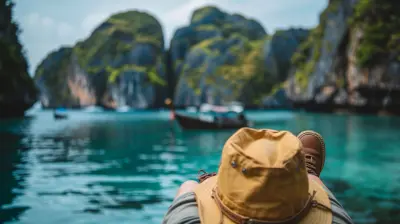Protectors of the Past: Why UNESCO Sites Matter
17 June 2025
Do you ever wonder why some places make you feel like you've stepped into a time machine? You know, those spots that seem to radiate history, beauty, and culture all at once? Chances are, you're standing in the middle of a UNESCO World Heritage Site. These are places so extraordinary that they’ve been granted global protection. But why does that matter? Why should we care about them? Let’s unravel the story behind UNESCO sites and why they’re so much more than just pretty postcard-perfect locations.
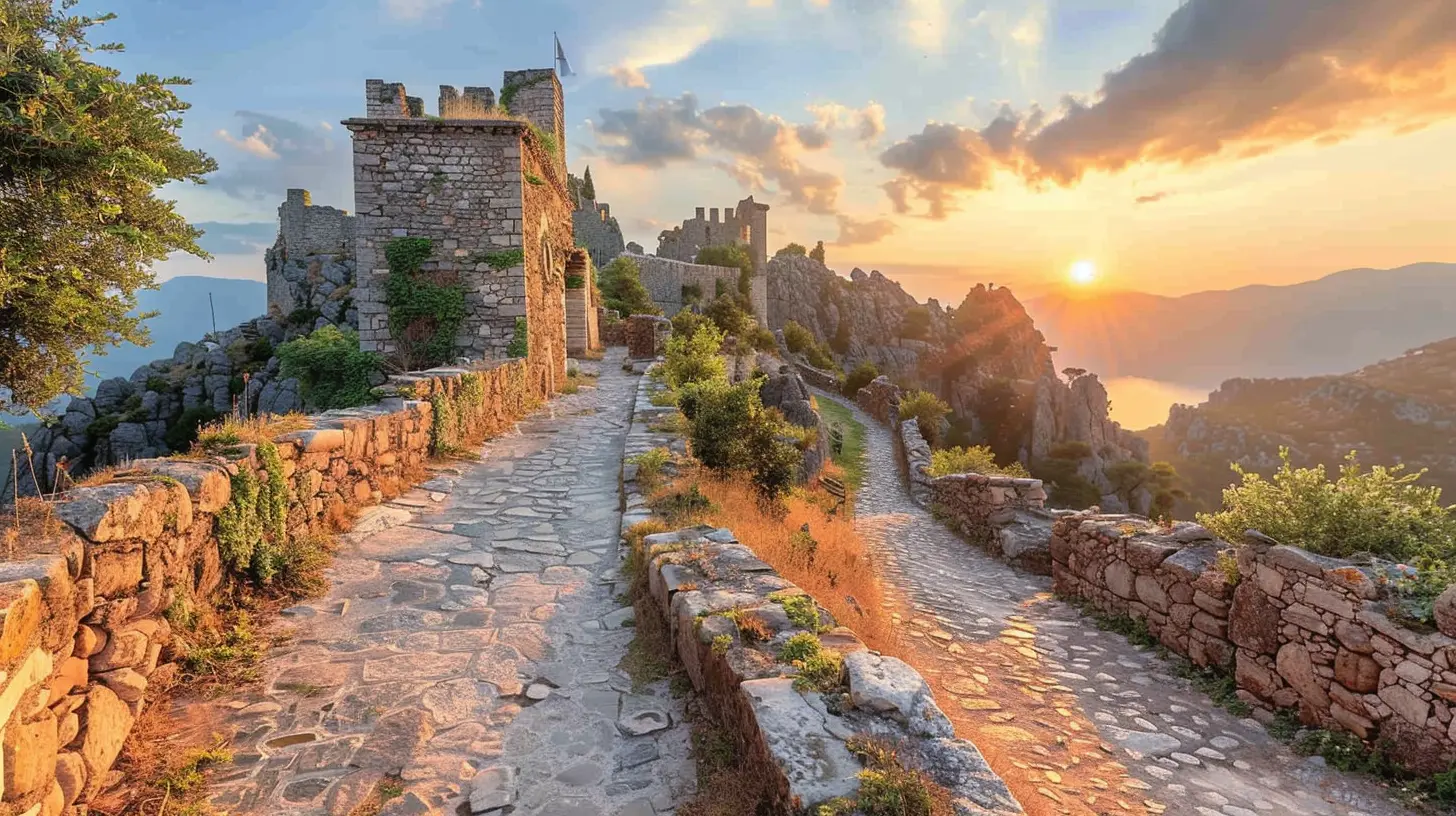
What Are UNESCO World Heritage Sites?
Before we dive in, let’s get the basics out of the way. UNESCO (that’s the United Nations Educational, Scientific and Cultural Organization, but let’s stick with the short version) creates a list of sites from around the world that are deemed to have "outstanding universal value." In simpler words, these sites are considered treasures of humanity.From ancient ruins and medieval castles to natural wonders and entire cities, UNESCO sites are spread across the globe. They can be cultural, natural, or a mix of both. Think of them as the best of the best—a bucket list curated by the entire planet!
But here’s the twist: these sites aren’t just for show. They tell stories of our shared history, showcase mind-blowing craftsmanship, and remind us of the interconnectedness of humanity and nature. Without them, pieces of our collective identity would go missing.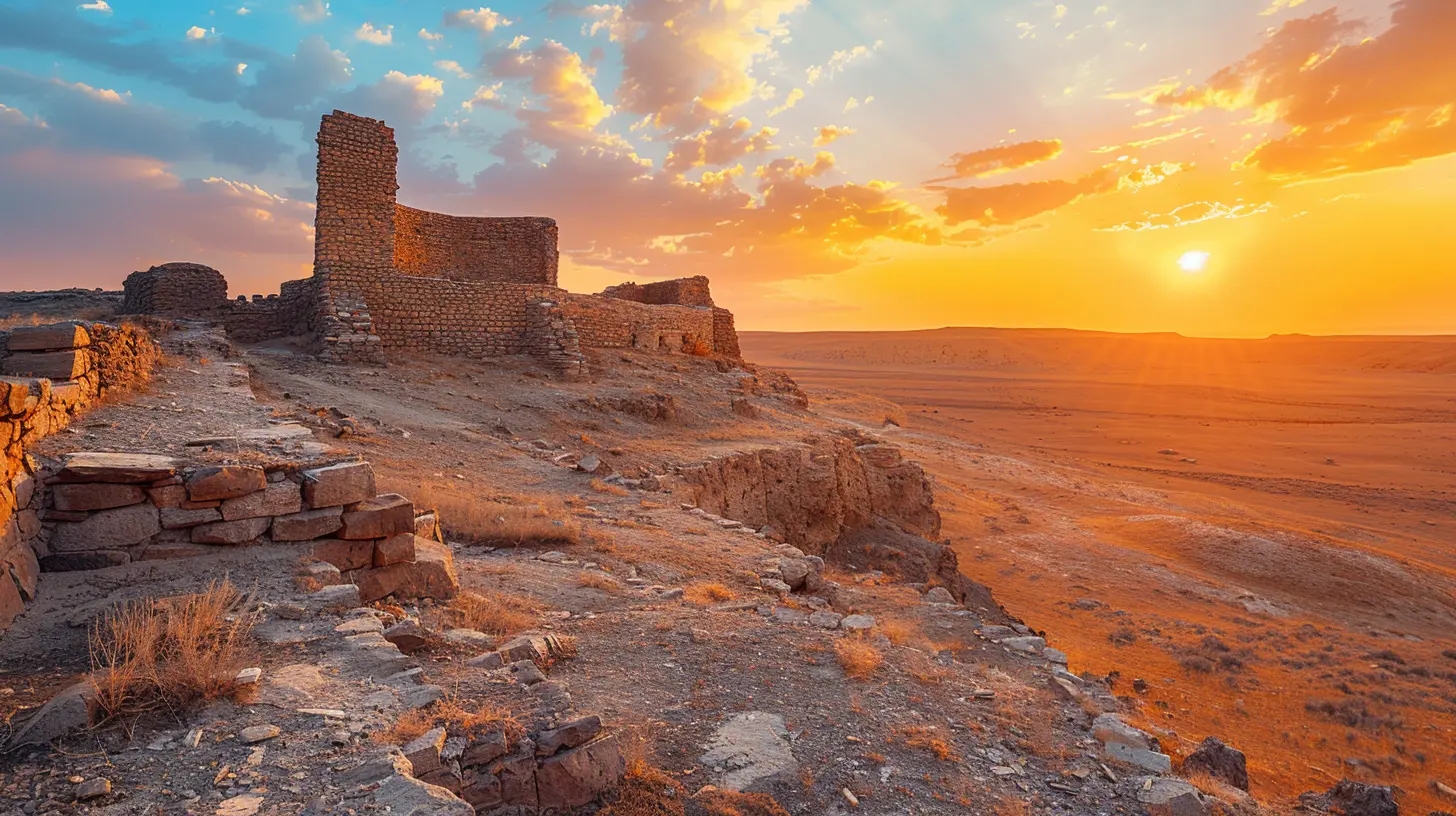
Why Do UNESCO Sites Matter?
So, what's the big deal about these places? Why all the fuss about protecting them? Well, it turns out, there are some pretty solid reasons.1. They Preserve History and Heritage
Imagine you inherited your grandmother’s old diary filled with family secrets and recipes. Would you toss it out? Of course not! That’s what UNESCO sites are for humanity—a diary of our past. They preserve the remnants of ancient civilizations, art, and architecture that would otherwise fade into obscurity.Take the Pyramids of Giza, for example. They’re not just massive stone triangles; they’re physical snapshots of an ancient world. Without protective measures, vandalism, urban sprawl, or even climate change could erode such history. UNESCO helps ensure future generations can stand in awe of these marvels just as we do today.
2. They’re Guardians of Natural Beauty
It’s not just about old buildings and ruins. Some UNESCO sites are breathtaking natural landscapes. Think of the Great Barrier Reef in Australia or Yellowstone National Park in the United States. They’re living, breathing ecosystems brimming with life.These sites are home to countless species of plants and animals, many of which you won’t find anywhere else on Earth. Protecting them isn’t just about keeping the scenery Instagram-worthy; it’s about safeguarding biodiversity. Let’s face it—if unicorns were real, they’d probably live in a UNESCO site!
3. They Boost Local Economies
Here’s a fun fact: UNESCO sites are like magnets for tourists. Millions of people flock to them every year, and that kind of foot traffic translates to serious cash for local communities. Hotels, restaurants, souvenir shops—you name it—thrive around these destinations.For instance, Machu Picchu generates thousands of jobs and brings in significant revenue for Peru. But it’s not just about money. This tourism can encourage locals to take pride in their cultural and natural heritage.
4. They Inspire Us
There’s something deeply humbling about standing in a place that has stood the test of time. You realize that humanity is capable of creating magic—from the intricate carvings of Angkor Wat to the engineering marvel of the Taj Mahal.These sites remind us of what we can achieve when we set our minds to something. They’re a source of inspiration, sparking creativity and curiosity in people of all ages. Who knows? A trip to a UNESCO site might just make you the next big thing in art or architecture!
5. They Educate and Connect Us
Each UNESCO site has a story to tell, and visiting one is like diving into an interactive history or science lesson. You don’t just read about early human settlements—you walk where our ancestors once walked. You don’t just study the Amazon Rainforest—you feel the damp heat and hear the buzz of life all around you.But there’s more. These sites connect us to each other. Whether you’re from Tokyo or Timbuktu, you can appreciate the significance of Stonehenge or the Grand Canyon. UNESCO sites are shared treasures that remind us we’re all part of one big, beautiful, messy family.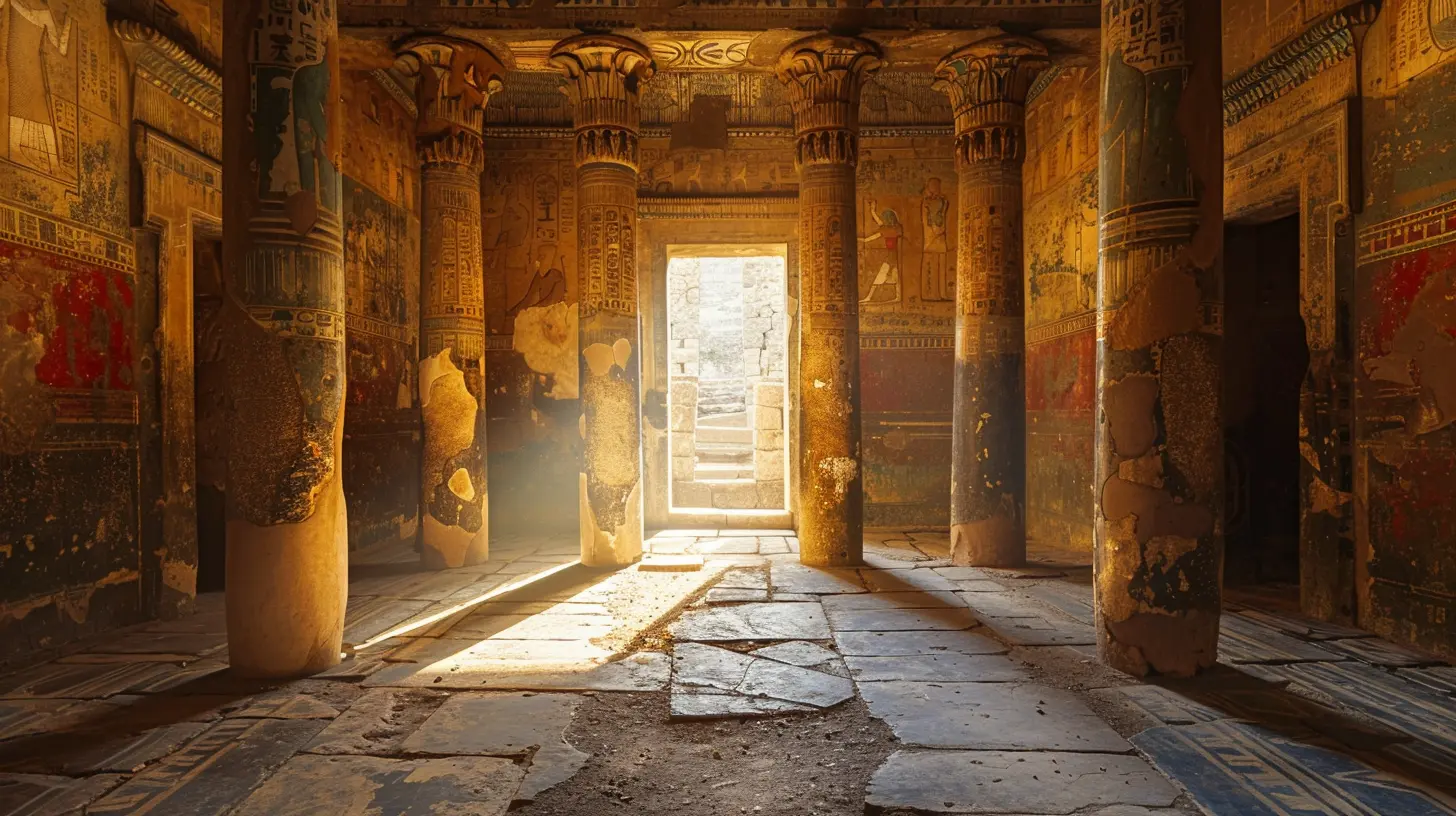
Challenges in Protecting UNESCO Sites
Now, as amazing as these sites are, safeguarding them isn’t exactly a walk in the park. They face countless threats, from human activity to natural disasters. Here are some of the big ones:1. Overtourism
Ironically, the popularity of UNESCO sites can be their downfall. Too many visitors mean wear and tear, pollution, and stress on local resources. Places like Venice (a UNESCO site itself) are literally sinking under the weight of their popularity.2. Climate Change
Rising sea levels, extreme weather, and changing temperatures are wreaking havoc on both natural and cultural sites. You’ve probably heard about how the Great Barrier Reef is bleaching. That’s not just a tragedy for ocean lovers; it’s a warning for humanity.3. Urbanization and Industrialization
As cities grow, they often encroach on heritage sites. It’s a constant tug-of-war between development and preservation. If we’re not careful, those ancient temples could become parking lots.4. Conflicts and Vandalism
War, terrorism, and looting pose a serious threat to many UNESCO sites, especially in politically unstable regions. Sites like Palmyra in Syria have been severely damaged, robbing the world of irreplaceable treasures.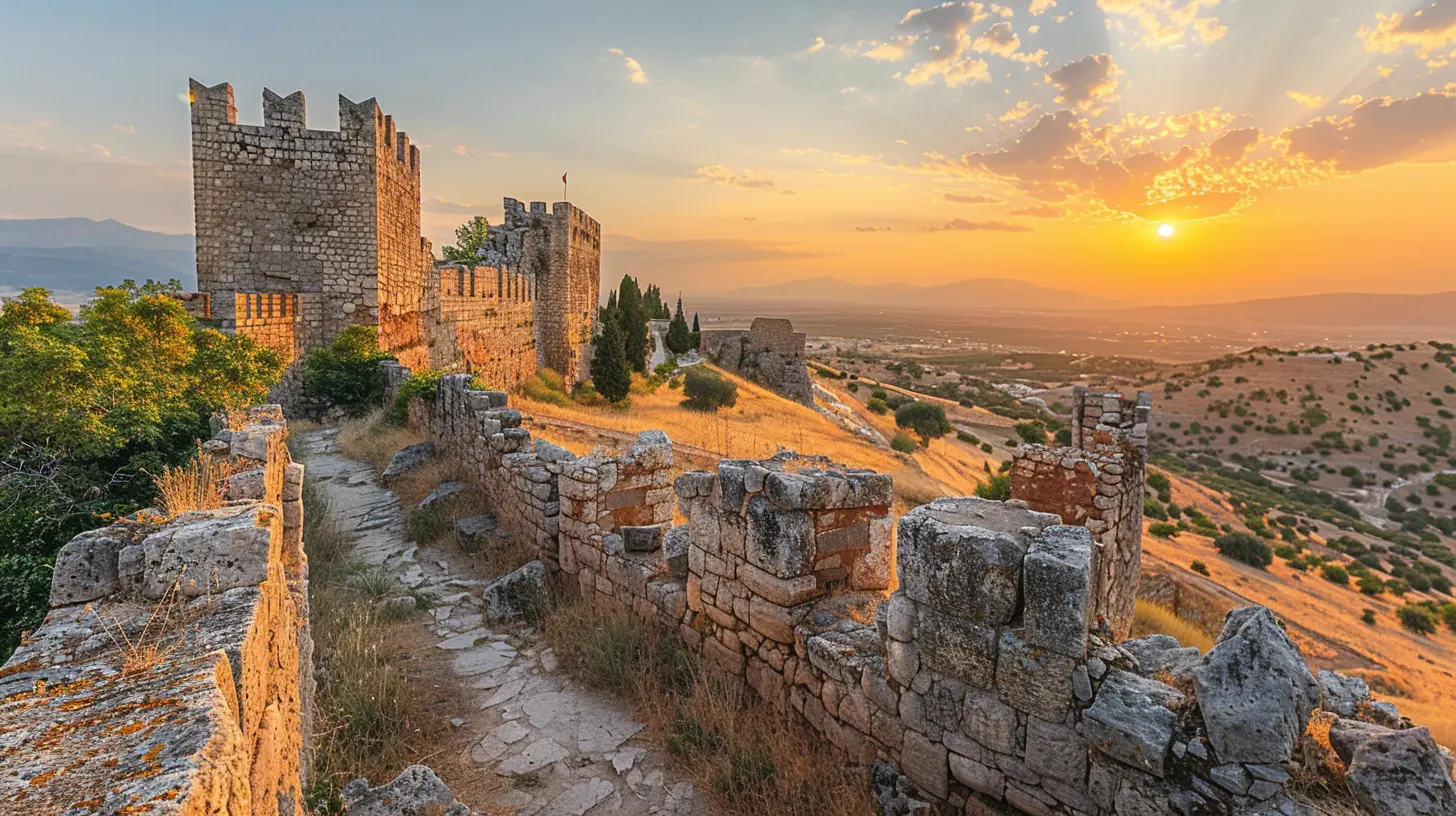
How Can We Help Protect UNESCO Sites?
Here comes the part where you get involved. Yes, you! Because protecting these sites isn’t just up to UNESCO or local governments. Every little bit helps. Here’s how you can make a difference:- Travel Responsibly: Love to visit heritage sites? Great! Just make sure you do it responsibly. Stick to marked trails, respect local customs, and don’t take or leave anything behind.
- Support Conservation Efforts: Many organizations work tirelessly to safeguard these sites. Donations, volunteering, or even spreading awareness can go a long way.
- Advocate for Sustainability: Climate change and urbanization are huge threats, and they require big solutions. Support policies and initiatives that prioritize the environment and cultural heritage.
- Educate Yourself and Others: The more people know about the importance of UNESCO sites, the more likely we are to protect them. Share the love, spread the knowledge!
Conclusion
UNESCO World Heritage Sites are more than just places on a map. They’re snapshots of our past, havens of natural beauty, engines of local economies, and sources of inspiration. They stand as a reminder that, despite our differences, we share a collective history and a responsibility to protect it.So, next time you’re planning a trip, why not add a UNESCO site to your itinerary? Not only will you be exploring some of the most incredible places on Earth, but you’ll also be connecting with a piece of humanity’s shared story. And let’s face it—that’s way cooler than just ticking off another destination on your travel bucket list.
all images in this post were generated using AI tools
Category:
Unesco SitesAuthor:

Ian Powell
Discussion
rate this article
2 comments
Esther Morales
Ah yes, because who wouldn’t want to visit a crumbling old structure when you can enjoy the thrilling ambiance of a Starbucks? Truly, the charm of history is irresistible! 🙄✨
June 19, 2025 at 2:55 AM

Ian Powell
Absolutely! Preserving history allows us to connect with our past and appreciate the stories behind these structures, offering a unique experience that modern cafés can't replicate.
Layla Benson
Exploring UNESCO sites is like time traveling! Let's cherish and protect these treasures for future adventurers. Happy travels!
June 18, 2025 at 2:42 PM

Ian Powell
Thank you for highlighting the importance of UNESCO sites! They truly connect us with history and deserve our protection for future generations. Happy travels!
